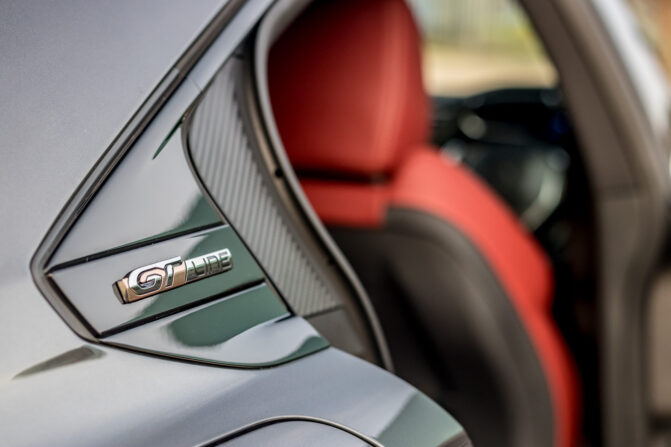Why might grasping the intricacies of your vehicle’s safety features be as critical as knowing how to drive it? In moments of crisis, these silent guardians spring into action, potentially making the difference between a close call and a catastrophic event.
So, knowledge isn’t just power. It’s life-saving armour on wheels.
Airbag Anatomy: Decoding the Cushion That Shields You
When milliseconds matter, your car’s airbags emerge as unsung heroes. These sophisticated devices are engineered to deploy in the blink of an eye during a collision, cushioning passengers from severe impacts.
Modern vehicles don’t just include frontal airbags; they often include side-impact and knee-level ones, designed to protect limbs and reduce chances of injuries under the dashboard.
Understanding how these systems work is crucial. For instance, knowing that airbags inflate from different angles can inform safer seat positioning and seatbelt usage. And regularly checking recall notices ensures this pivotal line of defence remains at its most effective.
Furthermore, even though airbags have undoubtedly saved many, many lives over the years, you should be aware that sometimes they’re not as foolproof as they should be and can even cause injuries in auto accidents. So, to avoid contacting car accident lawyers with an airbag injury claim, make sure you educate yourself about airbags in more detail and drive a vehicle that has the best and safest type installed.
The Sentinel in Your Steering: Electronic Stability Control
Imagine your vehicle as an athlete, poised to respond adeptly to split-second changes. This is the essence of Electronic Stability Control (ESC), a feature that can sense when your car begins to lose traction and can intervene to help steer the vehicle safely.
Particularly during extreme manoeuvres, ESC applies brakes to individual wheels, thwarting potential skids or flips.
Mastery of this system equates to harnessing a silent guardian capable of correcting course when conditions spiral out of control. So, familiarise yourself with how ESC feels in action—a vital step since it subtly adjusts handling dynamics—and ensure it is functioning through regular diagnostics.
The Power of Preemptive Protection: Automatic Emergency Braking
Automatic Emergency Braking (AEB) is your vehicle’s last line of defence, stepping in when danger looms and reaction time fades. This system uses sensors to detect an imminent collision and can apply the brakes faster than a blink, often before you’re even aware of the threat.
AEB isn’t just about preventing crashes; it’s about minimising impact force—transforming potential disasters and near misses or less severe collisions. Learning how this feature engages is tantamount to adding an invisible shield around your car.
Utilise driver-assist technology demonstrations if available; as they turn abstract concepts into tangible security measures. When AEB activates, it’s more than mechanics at play—it is a proactive survival instinct embedded in your ride, redefining reflexes in automotive safety.
Harnessing the Intuitive Watchdog: Adaptive Cruise Control
Cruise control has evolved from a convenience to a critical sentry known as Adaptive Cruise Control (ACC). This system not only maintains your set speed but also adjusts it to keep a safe distance from the vehicle ahead. If traffic slows, so does your car—without any input from you.
It’s an intuitive watchdog, mitigating the risk of rear-end collisions which are often caused by human delayed reactions or distractions.
By getting acquainted with ACC settings and limitations, you ensure this technology works as an ever-vigilant co-pilot on long drives.
Regular usage can foster seamless interaction with this smart feature, transforming highway treks into journeys where vigilance is automated and safety is amplified.
The Takeaway
In the dance of daily commutes and long-haul drives, your vehicle’s safety features play a pivotal role. Here’s a quick recap:
- Airbags. Inflate with precision to cushion impacts from multiple directions.
- Electronic Stability Control. Correct your path during traction loss.
- Adaptive Cruise Control. Maintain distance; reducing rear-end collision risks.
- Automatic Emergency Braking. React swiftly to prevent or lessen crash severity.
Embrace these technologies as co-pilots on your journeys. With understanding and regular car maintenance, they’re not just features—they’re lifelines.



